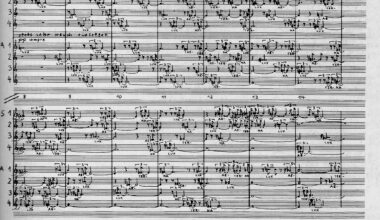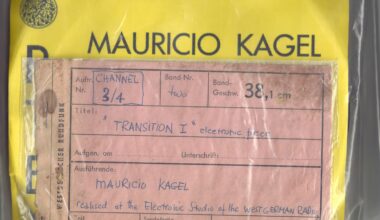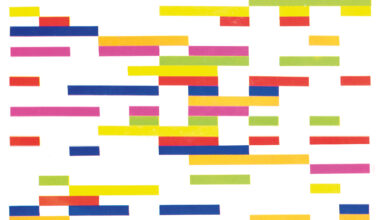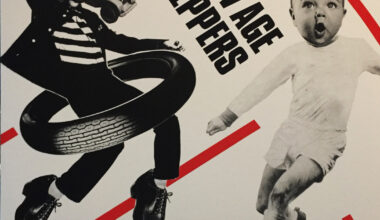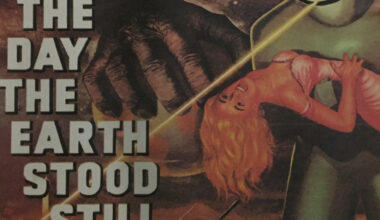Our resident archivist tells how jazz fusion genius Herbie Hancock out-Kraftwerked Kraftwerk – with a little help from synthesist and future Meat Beat Manifesto collaborator Patrick Gleeson
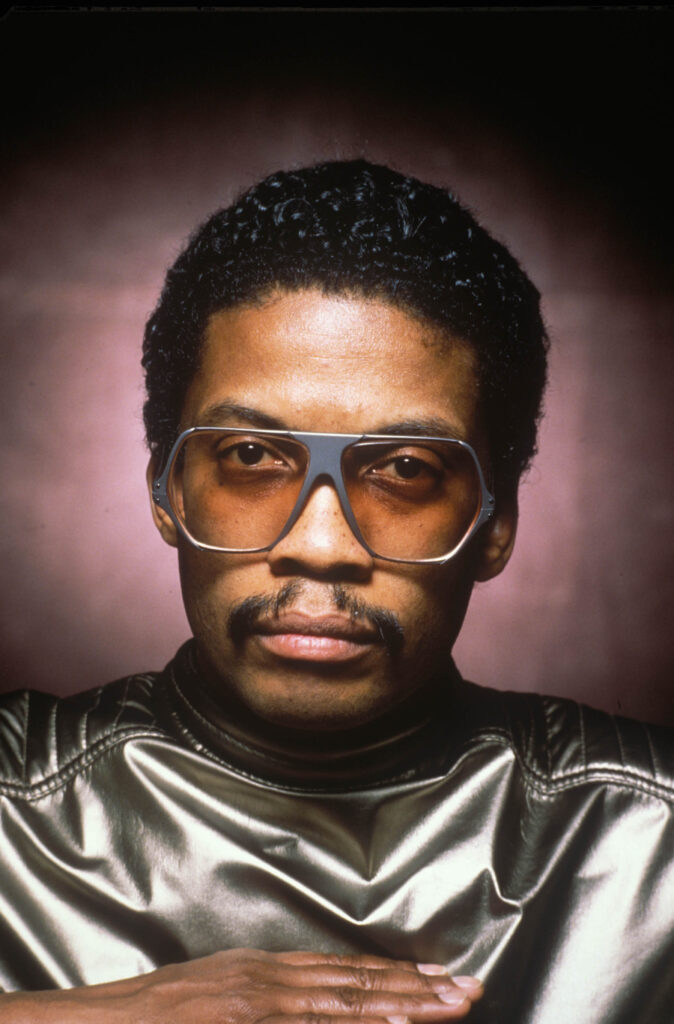
Our resident archivist tells how jazz fusion genius Herbie Hancock out-Kraftwerked Kraftwerk – with a little help from synthesist and future Meat Beat Manifesto collaborator Patrick Gleeson
I discovered Herbie Hancock’s ‘Sextant’ album when I was working with Consolidated. They’d sampled a little piece of a track called ‘Rain Dance’. I loved it so much that I got them to dig the record out. When I heard it, I couldn’t believe it was from 1973.
Herbie Hancock is obviously more known for his jazz music, but ‘Sextant’ is incredible. It’s the album before the legendary ‘Head Hunters’ and it’s the best amalgamation of jazz and electronic music I’ve ever heard. Forty years later, it’s still top of the list. It sounds more alien and more Kraftwerk than Kraftwerk! It has a jazz backing and real drums, but it’s really minimal. The mix of it – the flow of it, where it goes – sounds just perfect to me.
It’s not so much the electronics that Herbie himself is doing on this album, though. He wasn’t the deep technician here. I mean, put a Minimoog on top of his piano and he’s off, but it was actually Patrick Gleeson who was working the electronics. Patrick – or “Dr” Patrick Gleeson as he liked to call himself (like Dr Alex Paterson) – used to run a studio here in the San Francisco Bay Area called Different Fur, which was where ‘Sextant’ was recorded. I worked there once, in the 1990s. It was the one and only time I met Genesis P Orridge. He was doing a Psychic TV record, I think. He swept into the control room wearing a bathrobe and with his hair in this three-foot-high rasta style. But that’s another story.
By 1973, Patrick had installed the huge E-Mu modular system into Different Fur. It was the biggest modular system in the world. E-Mu were based in Los Gatos, also in the Bay Area, and had been going for a couple of years by that point. But the synth they used on ‘Sextant’ was an ARP 2600. In fact, they were running two 2600s at the same time. The 2600 has the same amount of oscillators as the Minimoog, but it has more functions – it has sample and hold, a ring modulator, and voltage inverter.
The Minimoog was definitely made to be plonked on top of your electric piano and played as a solo instrument. You can do that with the 2600 too, but you can get a more complicated sound from the 2600 because there are more options on it. You can get some things as options with the Minimoog, like a ring modulator and sample and hold, but you have to plug them in using a special Cinch Jones connector, whereas the 2600 has them all in one box. People tend to like the Minimoog because it’s more roadworthy and it comes across as easier to use, especially if you’ve never used a synth before, although the 2600 isn’t difficult. And the sound of the 2600 is more pure somehow.
I worked with Patrick Gleeson in the 90s. He plays on Meat Beat Manifesto’s ‘Actual Sounds And Voices’ album. So does Bennie Maupin, who played sax and bass clarinet on ‘Sextant’ and ‘Headhunters’, as well as on Miles Davis records like ‘Bitches Brew’. It was crazy. Patrick came to the studio before we started recording, he wanted to go over things and get the synthesisers up and running, and then we just went in there for a week and bust out a bunch of tunes. He filled me in on those ‘Sextant’ sessions and some of the tricks you can do on the 2600.
What Herbie and Patrick are doing on ‘Rain Dance’ is using sample and hold. It captures a series of voltages and spits out notes in a musical form. That’s a very simple explanation of it, but it’s strictly random in a rhythmic way. You can choose a certain sequence of notes with a sequencer or you can randomise, but you have to get the notes in the right area. That’s the main thing they did on that track and it works so beautifully, it still amazes me to this day.
Herbie Hancock’s ‘Sextant’ is available on Columbia Legacy

